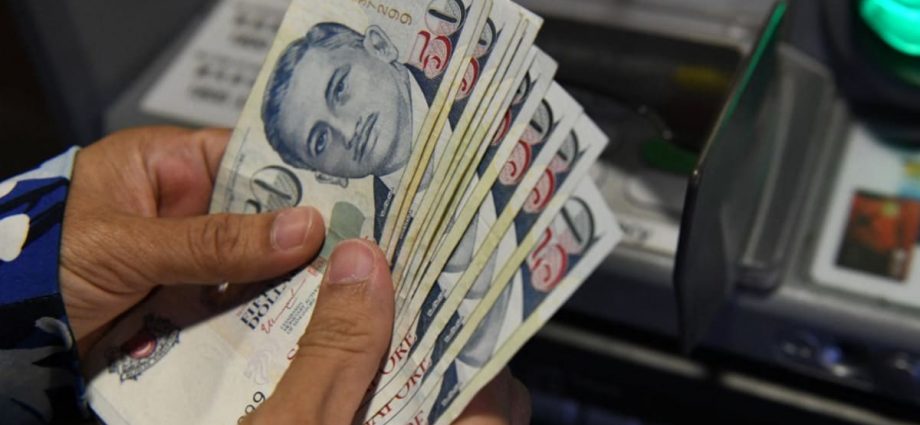
SINGAPORE: The Monetary Authority of Singapore (MAS) is expected to further tighten monetary policy next month to strengthen the Singapore dollar and counter rising inflation, according to analysts.
Singapore’s core inflation rose again to 5.1 per cent in August, inching towards a 14-year high, official data showed on Friday (Sep 23). The headline consumer price index, or overall inflation, also rose to 7.5 per cent.
The MAS typically adjusts monetary policy twice a year, in April and October. But in 2022, MAS has tightened policy thrice, once in April and twice in impromptu announcements in January and July.
As inflation is expected to keep rising, “the stage may be set for another tightening”, said OCBC Bank’s chief economist and head of treasury research and strategy Selena Ling.
MUFG Bank’s senior currency analyst Jeff Ng also said he expects inflation to continue to rise, due to “a combination of supply- and demand-side factors”.
Food inflation, which hit 6.4 per cent in August, is likely to remain high, driven by the cost of meat and fish in particular, said Mr Ng. He added that core inflation components are also likely to face pressures from high input costs.
MUFG Bank has raised its headline inflation forecast to 6.3 per cent (from 5.5 per cent) in 2022, and core inflation forecast to 4.2 per cent (from 3.5 per cent).
OCBC Bank’s forecasts of 5.9 per cent for headline inflation and 4.2 per cent for core inflation remain unchanged, Ms Ling said. “But recent developments such as the Russia-Ukraine war escalation and rice export ban by India by imply further upside external price risks in addition to domestic wage pressures,” she added.
Maybank raised its forecasts slightly, to 4.2 per cent for core inflation (from 4 per cent) and 6.2 per cent for headline inflation (from 6 per cent). This is “to account for the larger than expected pickup in food and services costs”, said Maybank analysts Chua Hak Bin and Lee Ju Ye.
The monetary policy adopted by MAS has an effect on the strength of the Singapore dollar.
Unlike most central banks that manage monetary policy through the interest rate, MAS uses the exchange rate as its main policy tool. It lets the exchange rate float within an unspecified policy band, and changes the slope, width and centre of that band when it wants to adjust the pace of appreciation or depreciation of the Singapore dollar.
Analysts said that MAS is highly likely to re-centre the Singapore dollar nominal effective exchange rate (S$NEER) to the prevailing level, as it has done before. The S$NEER is currently estimated to be trading at about 1.5 per cent above the implied mid-point, Maybank’s analysts said.
Mr Ng said the Singapore dollar is expected to continue to outperform other regional currencies like the Indian rupee, Thai baht and Philippine peso.
The Singapore dollar has been growing in strength and trading at record levels against several currencies like the Japanese yen. At the start of the year, one Singapore dollar would get you about 85 yen. This has since risen to more than 100 yen.
Japan intervened in the foreign exchange market on Thursday to buy yen for the first time since 1998, in an attempt to shore up the battered currency after the Bank of Japan (BOJ) stuck with ultra-low interest rates.
The local currency has been strengthening against the pound as well, as the United Kingdom battles the highest inflation it has seen in 40 years.
At the start of the year, one pound could get above S$1.80. On Friday, that figure was S$1.58.

